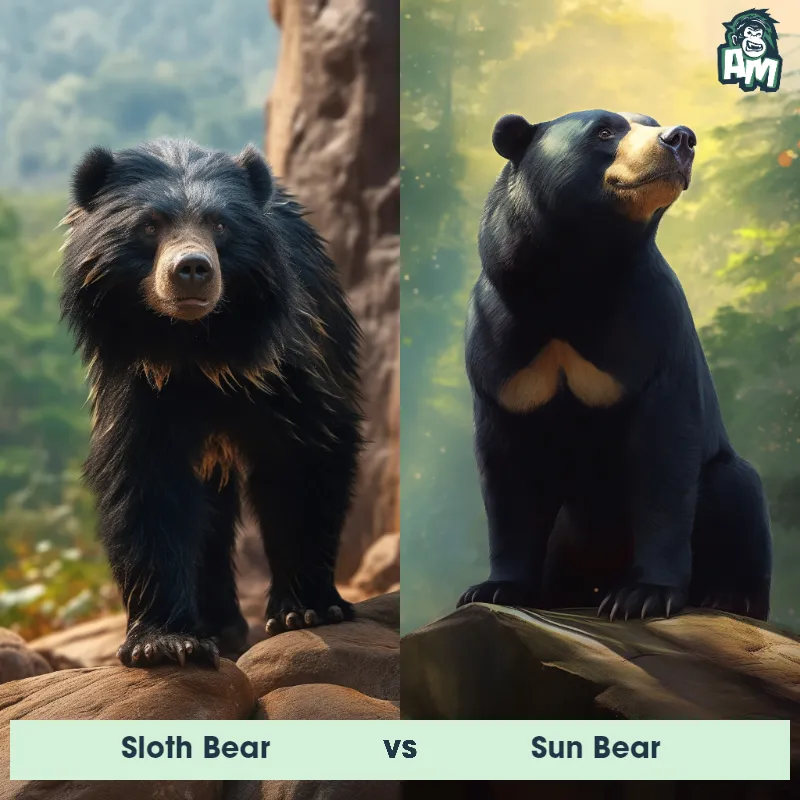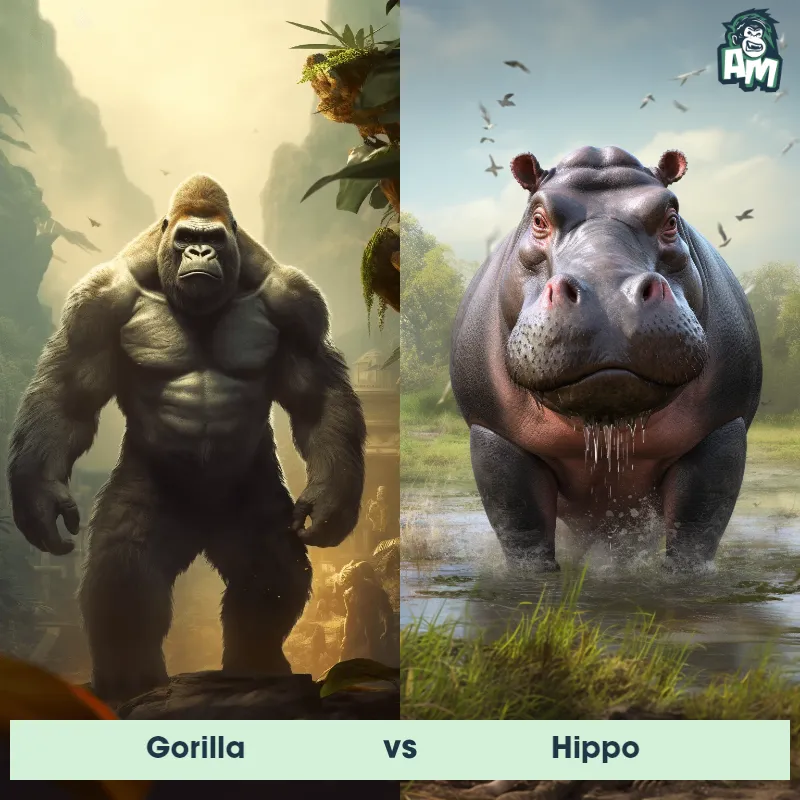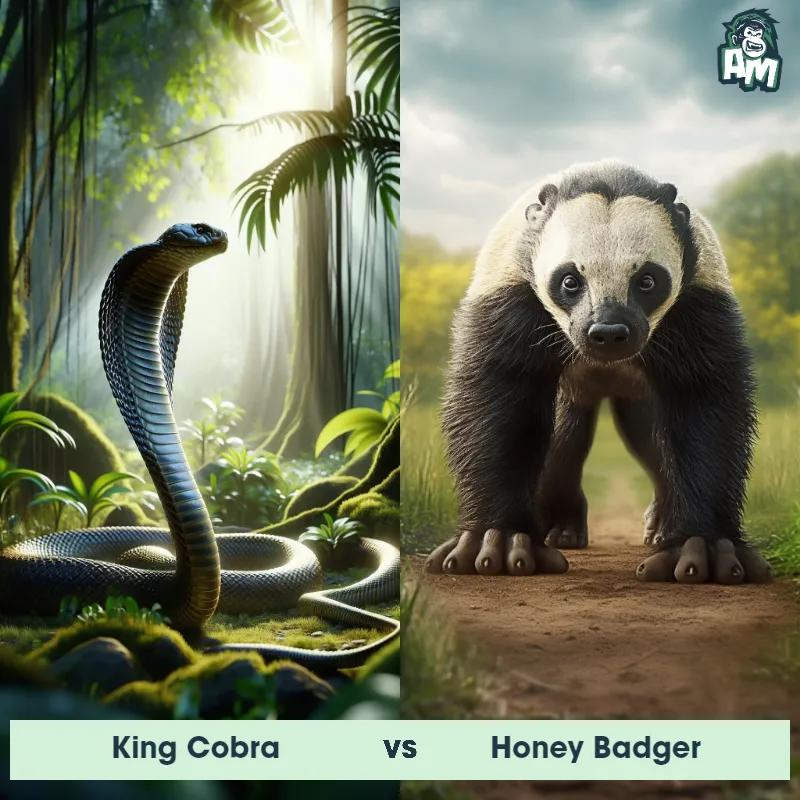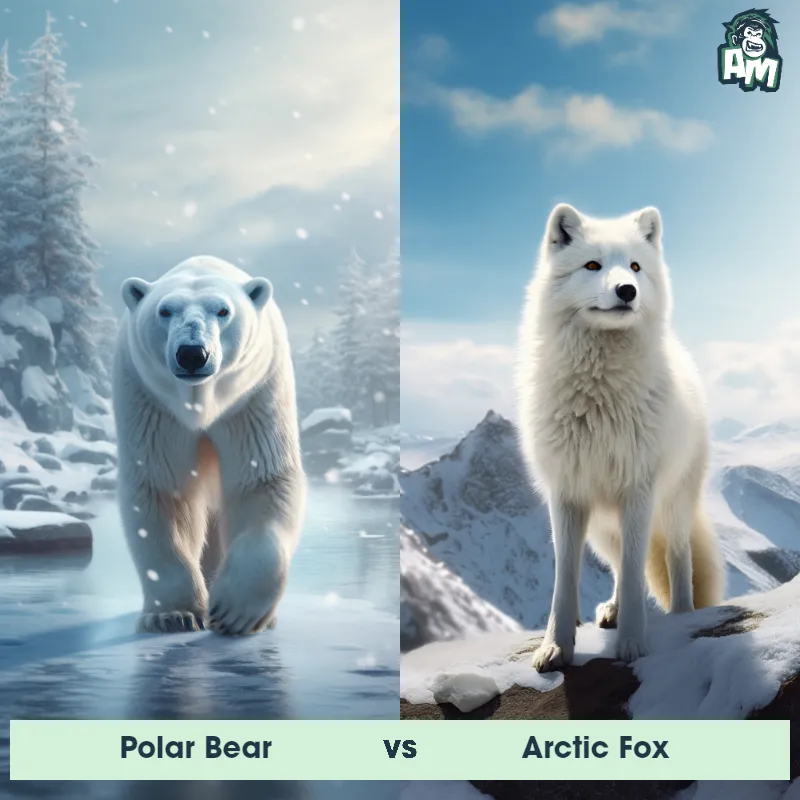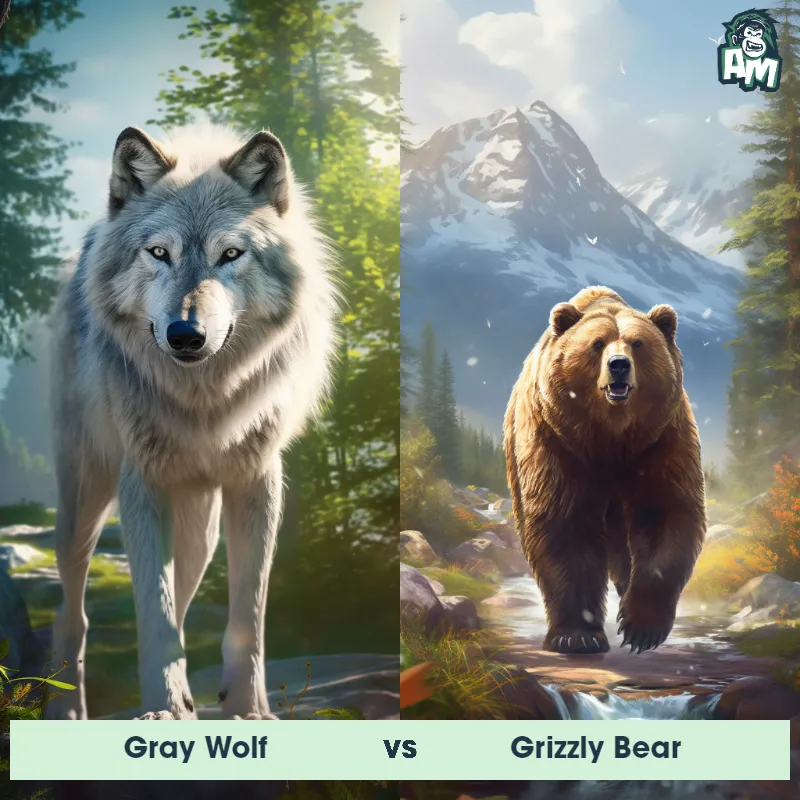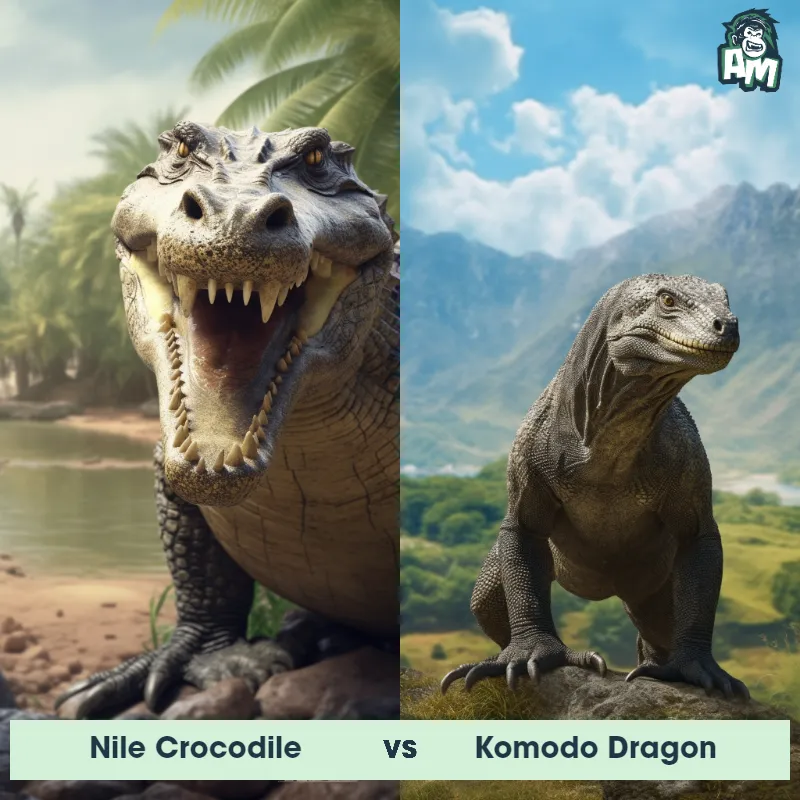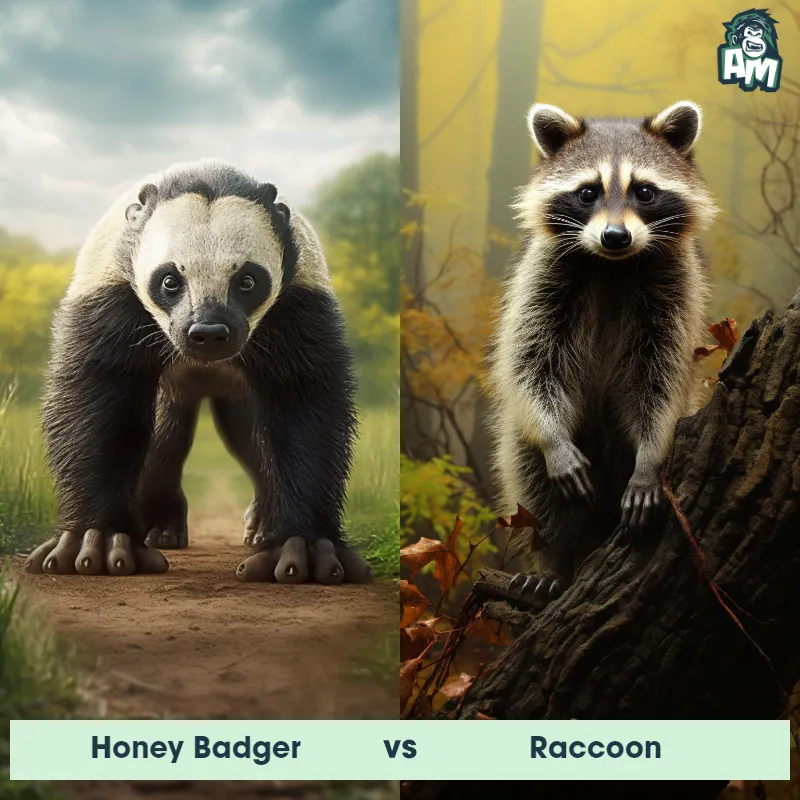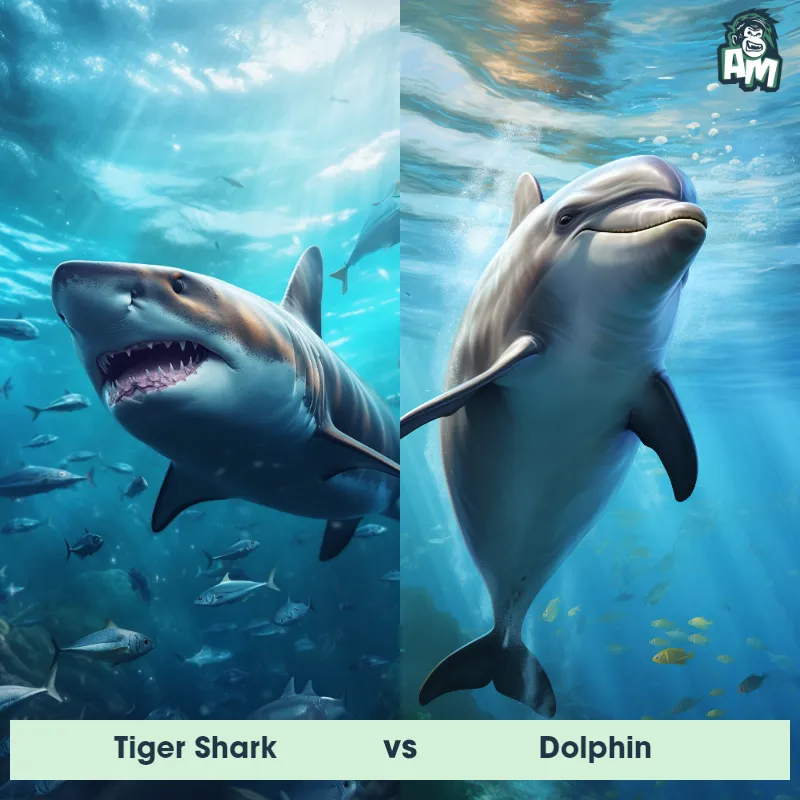Ankylosaurus vs BaryonyxSee Who Wins

The crowd is roaring as the massive Ankylosaurus, armored like a tank, faces off against the formidable Baryonyx, boasting fearsome claws and agility. This promises to be a thrilling three-round showdown as two prehistoric titans prepare to clash!
Contender 1: Ankylosaurus
The Ankylosaurus was a heavily armored dinosaur that lived during the Late Cretaceous period. It was characterized by its large, bony plates that covered its body, providing protection from predators. Its most distinctive feature was a tail club made of solid bone, which it used for defensive purposes. Ankylosaurus had a squat body and low-slung posture, with four sturdy legs supporting its massive weight.
Fun Fact: Ankylosaurus had one of the thickest skulls amongst dinosaurs, measuring up to 8 inches in thickness, providing protection for its brain.
Contender 2: Baryonyx
The Baryonyx, also known as the "Heavy Claw," was a large theropod dinosaur that lived during the Early Cretaceous period. It had a long, crocodile-like snout filled with conical teeth, a large claw on its first finger, and walked on two powerful hind legs. This carnivorous dinosaur had a streamlined body, perfect for hunting fish and small prey near water sources.
Fun Fact: Baryonyx is thought to be one of the few known dinosaurs that primarily hunted fish, as evidenced by the remains of fish scales and bones found in its stomach contents.
Matchup Stats
| Ankylosaurus | Baryonyx | |
|---|---|---|
| Size | 20 feet long (6 meters) | Approximately 25 ft (7.6 meters) in length |
| Weight | 6,000 pounds (2,700 kilograms) | Around 2,200 lbs (1,000 kg) |
| Speed | 6-7 mph (10-11 km/h) | 25 mph (40 km/h) to 30 mph (48 km/h) |
| Key Strength | Tail club for defensive purposes | Powerful claw |
| Biggest Weakness | Slow movement due to massive size | Vulnerable underbelly |
Current Votes
Ankylosaurus vs Baryonyx
See Who Wins
View More Matches
Looking For More?
Similar Matches
Scientific Stats
| Ankylosaurus | Baryonyx | |
|---|---|---|
| Scientific Name | Ankylosaurus magniventris | Baryonyx walkeri |
| Family | Ankylosauridae | Spinosauridae |
| Habitat | Woodlands and open plains | Near water sources |
| Geography | North America | Europe |
| Diet | Herbivore - fed on low-lying vegetation | Fish and small prey |
| Lifespan | 70 years - 75 years | 25 years - 30 years |
Key Differences between Ankylosaurus and Baryonyx
- Size: Ankylosaurus was much larger overall, measuring up to 30 feet long, while Baryonyx reached about 28 feet.
- Body Armor: Ankylosaurus had heavy, bony armor plates covering its back and sides, whereas Baryonyx did not possess such armor.
- Skull: Baryonyx had a long, crocodile-like snout with sharp, serrated teeth, whereas Ankylosaurus had a broader skull with a beak-like mouth.
- Claws: Baryonyx had distinct, large claws on its thumbs, in contrast to the Ankylosaurus which lacked prominent claws.
- Limbs: Ankylosaurus had short, stocky limbs adapted for weight-bearing, while Baryonyx had longer, more slender limbs better suited for movement.
- Tail: Ankylosaurus had a clubbed tail used for defense, in contrast to Baryonyx, which had a long, slender tail.



